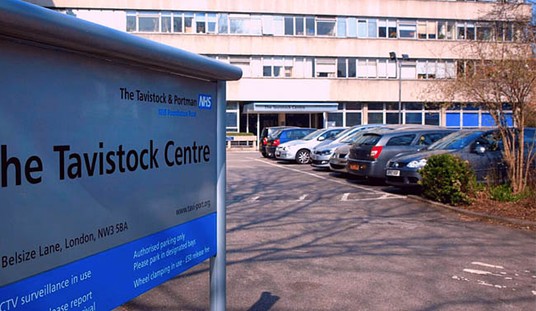Barack Obama recently claimed — incorrectly — that he had yet to sign a bill that raised taxes, but the worst burdens will avoid the clear label of taxation. A new study by the Energy Information Administration, an arm of the Department of Energy, determines that the cap-and-trade bill passed by the House in June would hike energy costs to consumers by 20% by 2025. It also finds that the bill would not actually reduce so-called greenhouse-gas emissions in the near term:
Electricity prices would rise 20 percent by 2030 under climate legislation being considered in Congress, according to a draft study by a U.S. energy agency.
The report, to be issued by the Energy Information Administration, also says that polluting companies would initially meet most greenhouse gas reduction targets by sponsoring forestry and agriculture projects rather than cutting their own emissions. Even with the development of technologies designed to capture carbon dioxide from coal-fired power plants, gas and nuclear-fueled power generation will take market share, the report says.
The measure, passed by the House and under consideration by the Senate, is likely to increase electricity prices to 12 cents per kilowatt hour in 2030, or 20 percent higher than the cost if there is no climate law, using 2007 dollars. Before 2025, the price would go up 3 to 4 percent, the study says.
The EIA is an independent agency within the Energy Department which analyzes energy issues without advocating administration policy.
Bear in mind that the EIA is estimating direct costs to the consumer, not the entire economic impact of cap-and-trade. The direct costs to each family will hit $204 per family each year until 2020 and then rapidly increase to $522 per household by 2030. The CBO analysis shows that the costs would be at $175 annually per household — in direct costs.
However, energy costs get folded into every product and service provided in the marketplace. Energy cost increases magnify through the distribution chain, forcing prices higher and higher at each step. When manufacturers have to pay higher prices for their energy, their product prices go up, as does the markup at the distributor and the retailer. We saw this dynamic during the rapid increase in gasoline prices in 2007-8, as food prices especially escalated due to the cost of trucking produce and groceries to markets.
Several estimates of the total impact of cap-and-trade have been published, with some estimates as high as $3200 per year per household. The EIA also notes that the bill will exert a negative influence on the economy, reducing the GDP from 2012 to 2030 by 0.2% as energy costs curtail production. It will cost jobs, not create them, and slow or reverse improvements in the American standard of living. In short, it’s a recipe for economic stagnation and misery, in service to a climate-change model that has increasingly been exposed as erroneous and ill-considered. Voters can reasonably ask why they’re being asked to shoulder this kind of pain for a nonexistent cause.







Join the conversation as a VIP Member